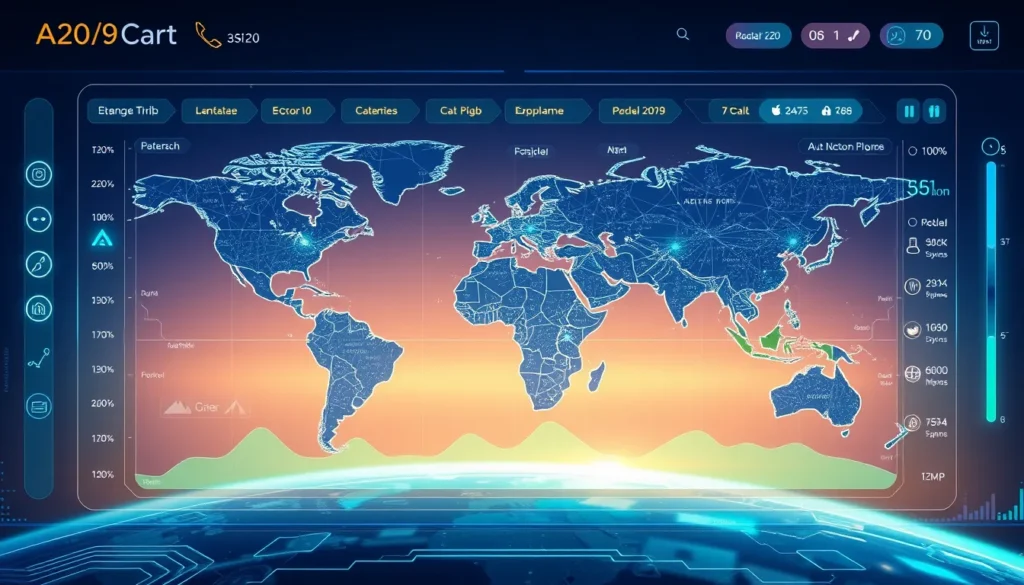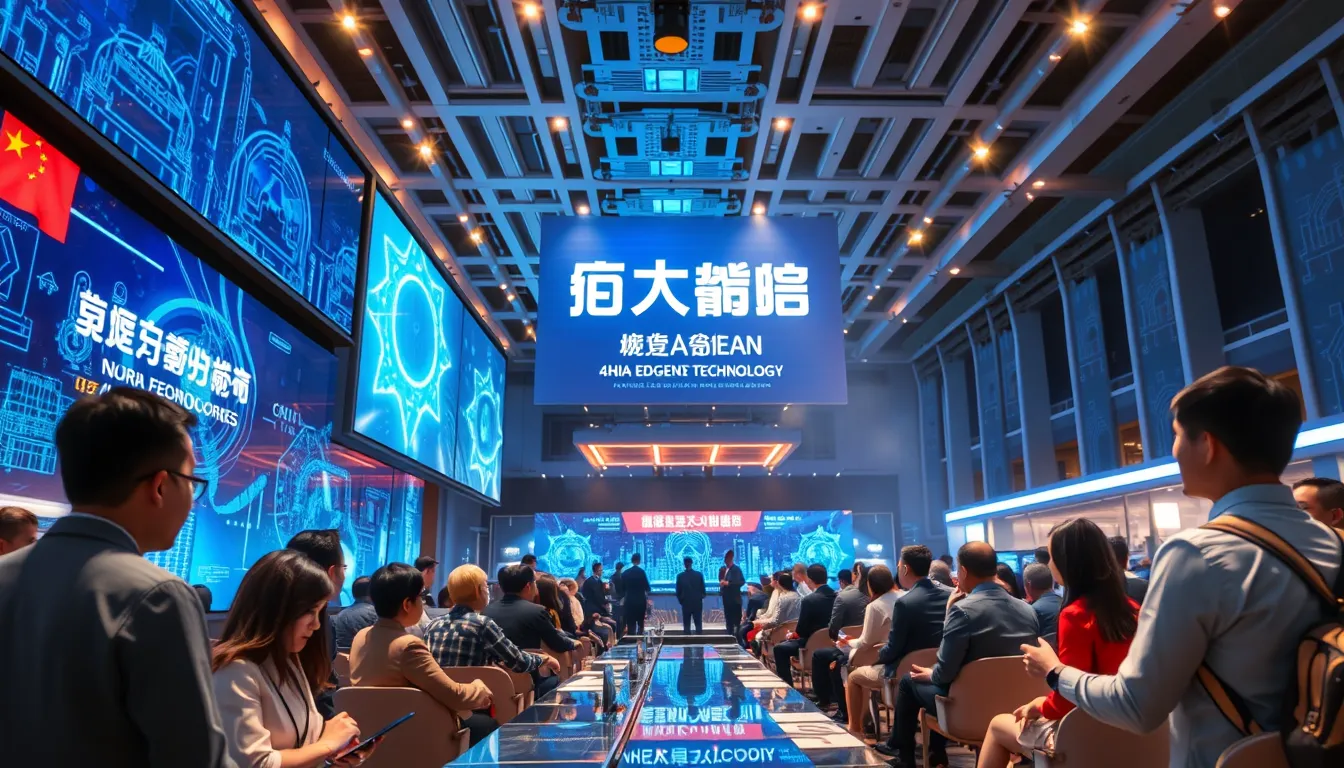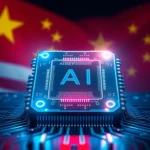Now Reading: Accelerating 5G Rollout: Boosting AI Implementation
-
01
Accelerating 5G Rollout: Boosting AI Implementation
Accelerating 5G Rollout: Boosting AI Implementation

Accelerating 5G Rollout: Boosting AI Implementation
The rapidly evolving digital landscape is driven by two converging forces: the accelerating 5G rollout and emerging AI implementation. As telecom operators and technology providers push boundaries, challenges such as network latency, multi-vendor coordination, and digital infrastructure complexities are at the forefront of industry discussions. This article examines the vital role of 5G rollout and AI integration in transforming industries, and offers insights into overcoming telecom challenges.
Understanding 5G Rollout and AI Integration
The convergence of 5G rollout and AI integration is reshaping how industries operate. With 5G offering faster speeds and reduced latency, it creates a fertile environment for AI implementation. The enhanced connectivity supports real-time data processing and advanced algorithms, paving the way for smart cities, autonomous vehicles, and innovative IoT solutions. However, the interplay between these two technologies is not without obstacles. The telecom sector faces coordination issues and fragmented deployment processes that can impede the smooth integration of AI.
The Core Challenges in Telecom Infrastructure
- Technical integration issues between diverse vendors
- High network latency in scattered infrastructures
- Lack of unified standards across multi-vendor systems
- Difficulties with real-time AI deployment due to fragmented rollout processes
Telecom operators and industry giants like Ericsson are actively working to resolve these challenges. Their efforts focus on streamlining vendor coordination and standardizing technical protocols, which are essential for robust AI implementation.
Impact of 5G Rollout and AI Integration on the Telecom Sector
The impact of 5G rollout and AI integration is far-reaching. As companies strive to combine high-speed connectivity with artificial intelligence, the resulting synergy can transform not only technical performance but also business operations. Enhanced AI-driven applications are expected to revolutionize sectors such as healthcare, transportation, and manufacturing by providing improved decision-making tools and analytics.
A dedicated look into the impact of 5G rollout on AI integration reveals that unified standards are pivotal. For instance, a more streamlined 5G deployment can help reduce network issues, thereby facilitating the real-time processing required for AI applications. Moreover, resolving the challenges of multi-vendor 5G deployment for real-time AI is crucial in realizing the technology’s full potential.
Telecom Challenges and Coordination Efforts
- Unified Standards: Establishing common platforms for 5G components to ensure compatibility with AI technologies.
- Enhanced Collaboration: Encouraging partnerships between telecom operators, tech companies, and policymakers to drive faster and more cohesive deployment.
- Overcoming Network Latency: Utilizing innovative solutions to mitigate latency issues that hinder real-time AI computations.
These steps are vital to not only accelerate the 5G rollout but also to enhance the capabilities of AI systems. By addressing these challenges head-on, the telecom industry can build a more robust digital future.
The Role of Industry Leaders
Industry players like Ericsson are at the forefront of this transformation, providing invaluable expertise in managing network complexities. Their leadership in the 5G rollout and AI integration process is critical, ensuring that technological advancements are met with reliable infrastructure. Ericsson, among other industry giants, is continuously investing in research and developing strategies to reduce obstacles in the telecom sector.
Unified 5G Standards for Real-Time AI
Fostering a unified approach in the deployment of 5G networks is essential for the successful implementation of AI. The challenges of multi-vendor deployment call for clear standards so that the infrastructure can adapt quickly to emerging needs. By investing in standardized processes, providers can ensure that the potential of AI is fully harnessed, paving the way for innovations that rely on real-time data and analytics.
Conclusion
The intricate relationship between 5G rollout and AI integration defines the future of digital connectivity. By addressing telecom challenges such as network latency, technical integration, and standardization deficits, the industry can unlock the substantial opportunities offered by next-generation technologies. As leaders like Ericsson continue to innovate and streamline deployment processes, the promise of a seamless digital infrastructure inches closer to reality.
Adopting a unified approach will not only resolve current technical dilemmas but also nurture an ecosystem where rapid AI implementation and high-speed connectivity work in tandem. In conclusion, the future of our digital world hinges on the effective synchronization of the 5G rollout and AI integration, ensuring that innovation drives sustainable growth and transformative change across sectors.
For further reading on the latest telecom trends and AI advancements, explore resources on reputable tech and telecom websites, and stay updated with the continuous evolution of digital infrastructure.

























